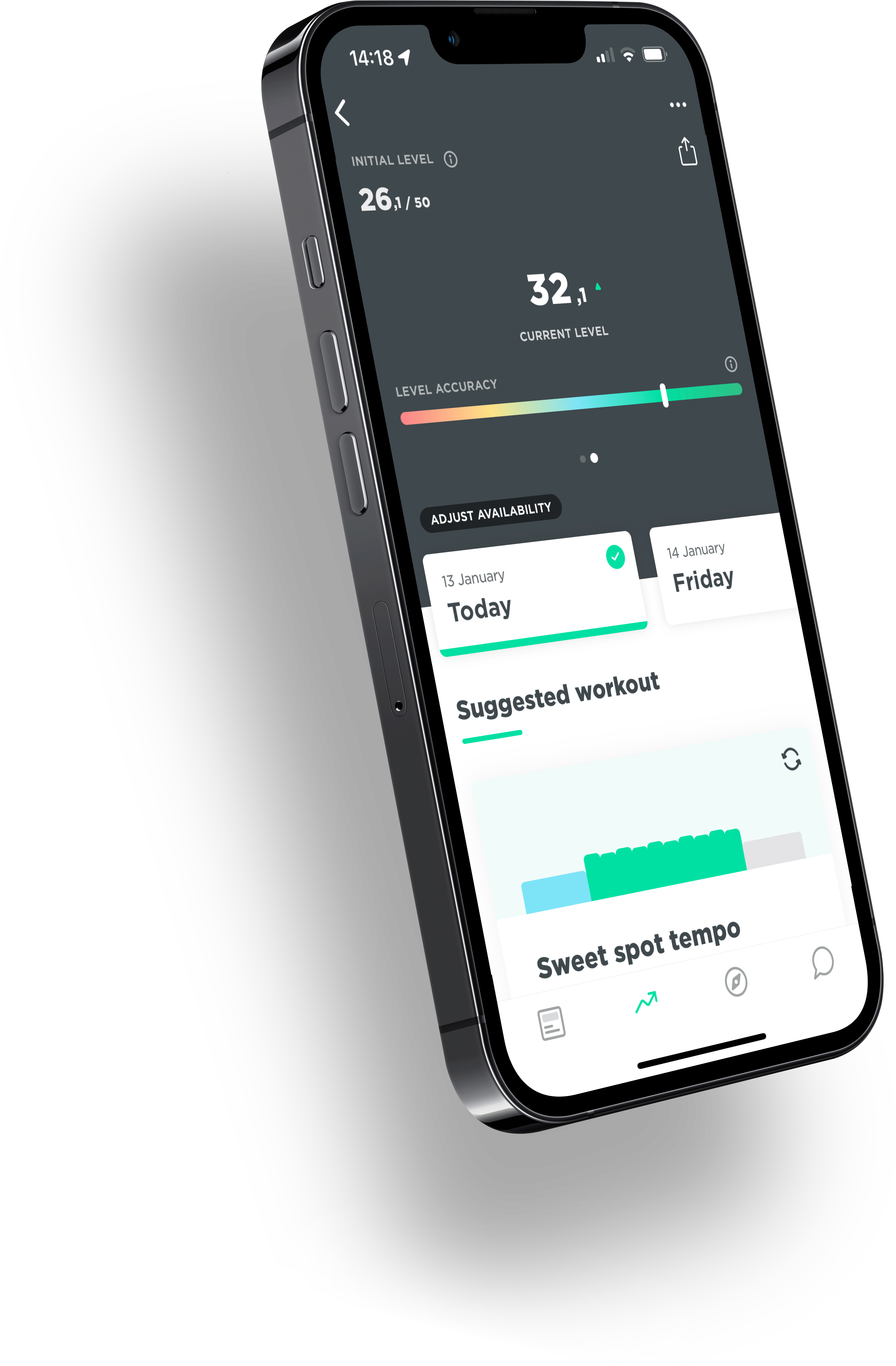Milan-San Remo is a special race on the cycling calendar. It is considered the official opening of the classic cycling season. Milan-San Remo is characterized by 300 quite flat and boring kilometers across the plains of the river Po, with all the wild action crammed into the last 30 kilometers. Thirty kilometers before the finish, two hills appear, first the Cipressa, followed by the Poggio. The summit of the Poggio is only 5 kilometers before the finish on the via Roma, which gives puncheurs/climbers a chance to outsmart a sprinter.
How to save the legs
This race requires the contenders to keep their gunpowder dry for many hours, while their teammates have to make sure that their target men spend as little energy as possible in the pack until the Poggio. Then it’s up to a sprinter to try and follow the pace of the puncheurs/climbers. Whether that succeeds depends on how fresh you still are when you get to the foot of the Poggio, or in other words to what extent the 290 kilometers have eaten away at the fitness already. Also for the attackers on the Poggio, it’s not about how fast you can ride up the Poggio, but how fast you can go after 290 kilometers. Often in cycling it’s not about how fast you can do something once, but how fast you can do it 20 times, or after 300 kilometers. The cyclist who deteriorates the least is often the one who ends up on the podium.
This is exactly why it is very misleading to only watch the FTP, the maximum power you can sustain for up to an hour, or a Power Profile (PP). A Power Profile indicates your best power over the whole range from 1 second to as much as 3 hours. Of course these values do say something about your qualities as a cyclist, but in many situations the PP gives a distorted picture.
Aerobic decoupling
There is a measure to get an idea of the degree of deterioration or how well the aerobic endurance is developed. This measure is called aerobic decoupling (AD). It very simply compares the relationship between heart rate and power over the first half of the workout with the second half of the workout. The difference between the first and second half is expressed as a percentage. A high percentage indicates that you had much higher heart rate in the second half of the workout at the same power levels and means that you body deteriorated markedly in the second half of the ride.
What’s a good level of decoupling?
If you want to compare these aerobic decoupling numbers you have to take a few things into account. First of all, dehydration has a huge impact on it. A very high percentage can also indicate that you have had too little to drink or that the weather was very hot. The same is true for insufficient food. In addition, a training must be at least 2 hours long to be able to compare both halves. Finally, the first half should be comparable to the second half in terms of intensity distribution. If the intensity is completely different, then the ratio between them is also incomparable.
So, for example, if you want to see how the aerobic decoupling improves from week to week, compare two more or less similar training sessions, ridden in the same conditions and with the same training load in the days before. Your goal should be to get the decoupling below 5% for endurance training sessions of 2 to 4 hours. Step two will then be to achieve this decoupling over the 300 kilometers of Milan-San Remo, but by then you will most likely already competing in the pro peloton.


